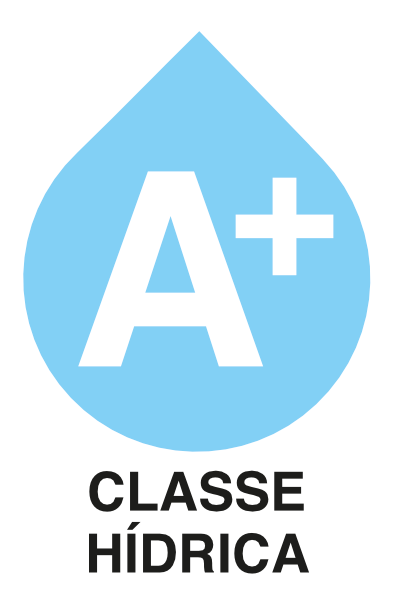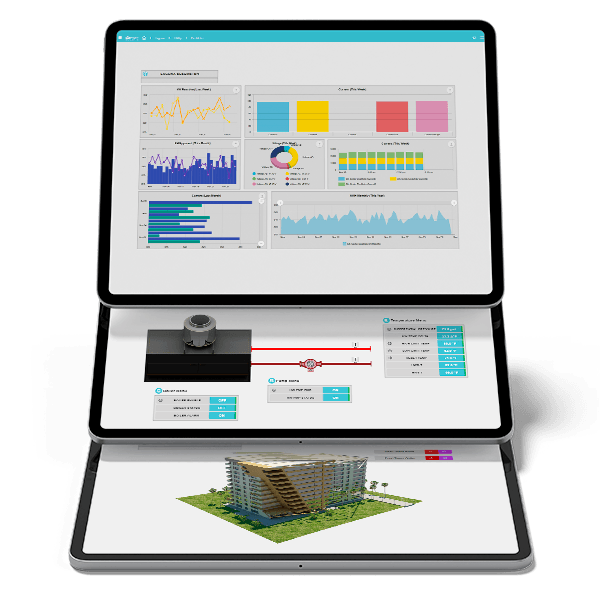
Water is a scarce and indispensable resource. Using water more efficiently when needed and without wastage requires that buildings and equipment are more water-efficient, and that businesses, professionals and citizens can use it more efficiently. Water plays a key role in social development and is a prerequisite for human health, economic growth and environmental protection as it is used for domestic and public consumption, agriculture and livestock, and construction. Therefore, saving water in sustainable buildings is one of the green trends in the construction cycle. It makes countries and their building stock more resilient and therefore benefits us all as water scarcity will be a reality in the not too distant future.
According to ADENE, in buildings, a water efficiency potential of 30% to 50% is estimated. The introduction of water efficiency solutions can generate combined water and energy savings in buildings of around 800 million euros per year in the domestic sector alone, equivalent to a saving of over 51% of household water bills. This also taking into account the savings in the energy used to heat that water.
If nothing is done, the consequences will be ruinous:
- Reduction of energy production from renewable sources.
- Increasing national costs and external energy dependency.
- Increase in CO2 emissions with the production of electricity, due to the increased use of fossil fuels.
- Low quality of water for human consumption.
- Decline in water quality for agricultural use with direct impact on health.
Installing a water management system, including connecting the building network to a digital management system that gives access to daily water usage can allow understand water use and act more efficientlyas well as identifying water losses in the network and equipment during periods of non-use.
This integral management of the water cycle must transform data into knowledge, using analytical and predictive models supported by Machine Learning and Deep Learning to identify anomalies, preferably in real time.
This integral management of the water cycle must transform data into knowledge, using analytical and predictive models supported by Machine Learning and Deep Learning to identify anomalies, preferably in real time.
- Rainwater harvesting for toilets, irrigation, cleaning and/or industrial use.
- Reuse of greywater through a treatment system.
- Inclusion of equipment with time control, storage and distribution of hot water.
- Reduction of water use through the implementation of technologies such as the use of a technical system.
Similarly to the energy rating for equipment and buildings, for some time now there has been a new way of rating the water performance of buildings called AQUA+. This classification determines and communicates, on a scale from F (least eficient) to A+ (most eficient), the water performance of buildings.
It identifies and promotes improvement measures in the design phase of new buildings and rehabilitations, to achieve maximum eficiency and classification, and in buildings in use, for greater economy and eficant results in the replacement and selection of new equipment.
The AQUA+ is already available for residential properties (AQUA+ Residential) and for tourist developments and local accommodation (AQUA+ Hotels). According to the official website, it will soon be extended to the commerce and services typology.
WiseBuilding® can provide technical support for your new-build or renovation projects in terms of technical systems and water efficiency. Contact us.
Wise Building® Management System is a BACnet B-AWS certified software solution for state-of-the-art integration, control, management and visualization in building automation systems. Designed to redefine the way buildings are operated through an open platform and seamless harmonization between building-generated data by supporting multiple protocols including BACnet, Modbus, KNX, OPC-UA and MQTT. Through the use of Haystack technology, the software also empowers the building for the future at the forefront in the integration of the various technical systems.









